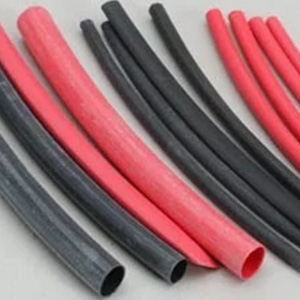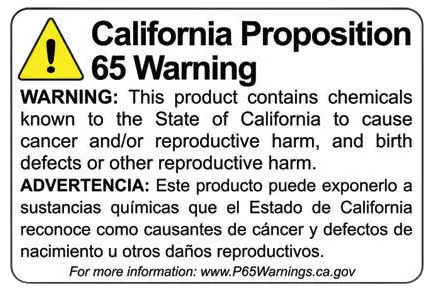 Heat shrink tubing is a flexible, polymer-based tube that shrinks when exposed to heat. It is used to insulate, protect, and reinforce electrical connections, wires, and components.
Heat shrink tubing is a flexible, polymer-based tube that shrinks when exposed to heat. It is used to insulate, protect, and reinforce electrical connections, wires, and components.
Key Features & Benefits:
- Insulation: Prevents short circuits and electrical leakage.
- Protection: Shields against moisture, chemicals, and abrasion.
- Strain Relief: Strengthens wire connections and reduces wear.
- Bundling: Organizes multiple wires into a neat, manageable group.
Common Materials:
- Polyolefin: Most popular; heat-resistant and durable.
- PVC: Cost-effective but less heat-resistant.
- Fluoropolymer: High-performance, resistant to extreme temperatures and chemicals.
Shrink Ratio & Application:
- Shrink Ratios: 2:1, 3:1, 4:1 (indicates how much the tube will shrink in diameter).
- Application Steps:
- Slide tubing over the wire or connection.
- Apply heat using a heat gun or other heat source.
- The tubing shrinks, conforming to the shape underneath.
Heat Shrink Sleeving vs. Tubing
- Tubing: Comes in pre-cut lengths or continuous rolls.
- Sleeving: Often braided, offering flexibility and abrasion resistance.
Common Uses
- Electrical wiring insulation
- Automotive wiring repair
- Cable management in electronics
- Protective covering for solder joints

